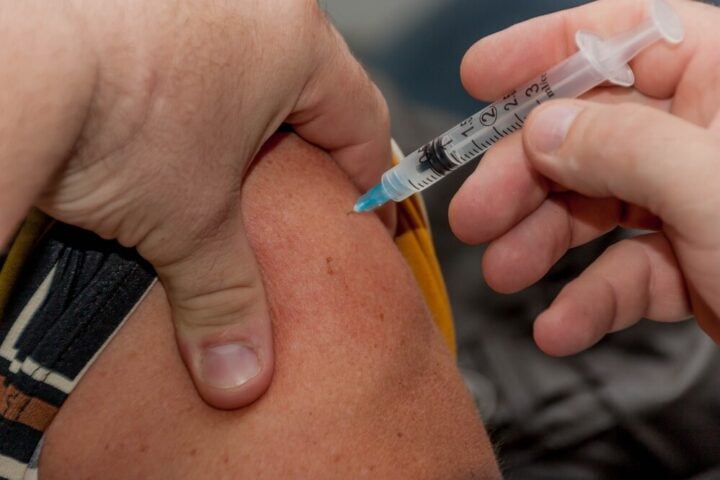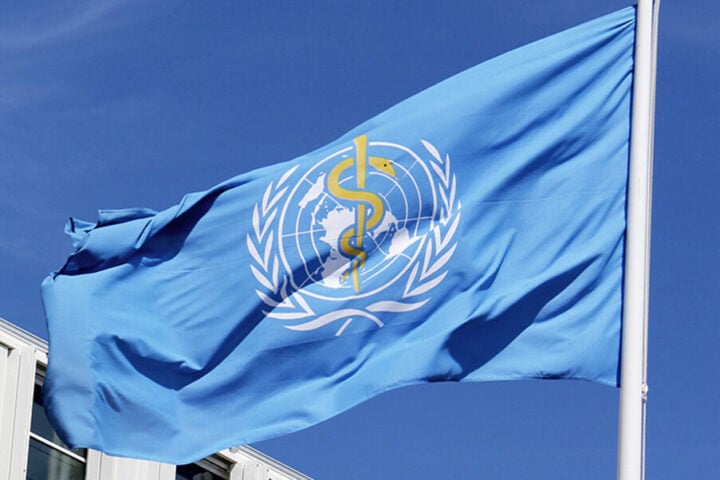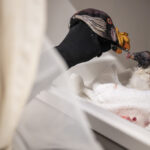The CDC wants hospitals to test flu patients faster as bird flu spreads in the United States. “What we need is to shift to a system that tells us what’s happening in the moment,” says Dr. Nirav Shah, CDC’s principal deputy director.
The current testing delay is a real problem. Many hospitals wait days to test flu samples. By then, patients have often gone home. This makes it hard to track where they got the virus.
Numbers Tell the Story
Since 2022, 67 people got bird flu, with 66 of these cases happening in 2024. Most infections have been mild, but one person died in Louisiana. They caught the virus from their backyard chickens. This death worried scientists because the virus showed new changes that could help it spread between people more easily.
“We need to double down our efforts to limit H5N1 infections in humans,” says Dr. Andy Pekosz, pointing to similar virus changes found in a British Columbia case.
Impact on Farms and Food
The outbreak hits farms hard. Over 300 dairy herds have sick cows. The virus has also killed 18.68 million chickens and turkeys on farms.
“This is an existential crisis,” says Dr. Meghan Davis about dairy farms. Sick cows might give less milk for years. Many farms can’t keep wild birds away because their barns have open sides for air flow. The USDA has deployed over 300 personnel and spent $1.5 billion on containment efforts.
More Stories
New Testing Rules
The CDC’s plan is simple: test hospital flu patients within 24 hours. This helps doctors:
- Start the right treatment quickly
- Keep sick patients away from others
- Find out where the virus came from
- Give medicine to people who were exposed
Dr. Alex Greninger supports faster testing but says this change “should have started months ago.”
What It Means for You
Right now, your chance of getting bird flu is low. Out of more than 83,000 flu samples tested within the past year, only three showed bird flu. Most sick people have regular seasonal flu.
But scientists watch the virus closely. They worry it might change to spread between people, which hasn’t happened yet. They’re especially concerned about farm workers and people who handle infected or potentially infected birds or animals without using recommended protective equipment. Those who drink raw milk should also be careful.
“If we start to see sustained human-to-human transmission, that is a huge red flag,” warns Dr. Davis.
The CDC keeps checking for any signs the virus is changing. They want hospitals, labs, and doctors working together to catch cases early. This quick action helps protect everyone while scientists learn more about how the virus spreads.
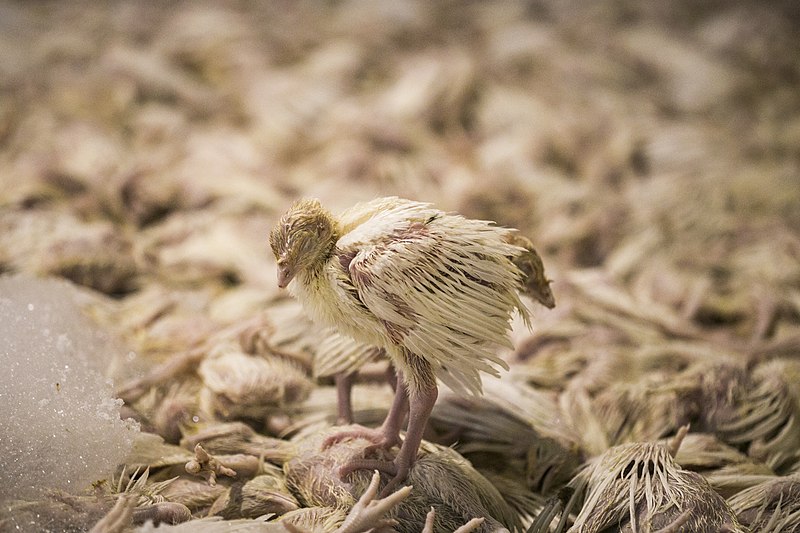




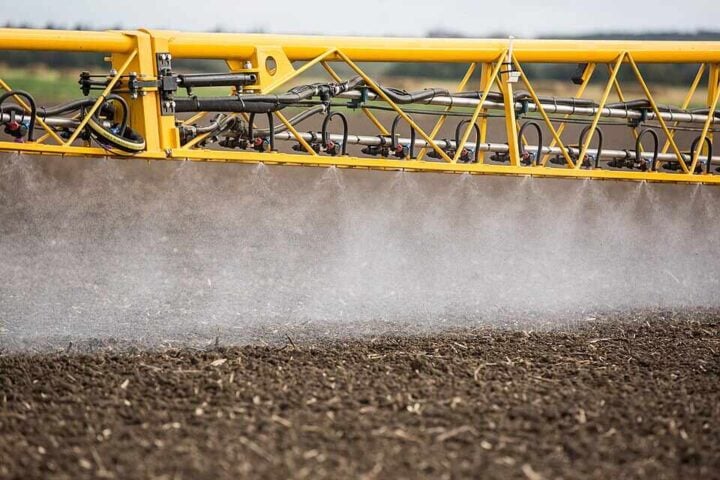



![Mina do Bugalho, Portugal [2011]. Photo Source: almoço no zé unta (CC BY-SA 2.0)](https://www.karmactive.com/wp-content/uploads/2025/05/500px-Portuguese_Lunch-500x480.jpg)





